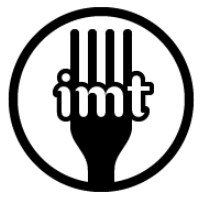Experiential Avoidance and Integrative Modalities Therapy (IMT) for Eating Disorders
Question: What are patients in IMT taught about combatting emotional / experiential avoidance?
Here's the response: There are a large number of skills taught over time to patients to address avoidance in IMT. Most importantly, patients are encouraged to eat appropriate quantities as well as varieties of food throughout the day. Eating in this way is an emotional exposure; however, it is also necessary for basic physical health. Initially in eating disorder treatment - very much unlike exposure therapy for any other disorder - patients are actually encouraged to distract themselves during meals. This is because the priority is actually consuming appropriate quantities of food (e.g. enough for weight gain in anorexia nervosa) and keeping the food down, rather than exposure to negative emotions. Only after food is eaten are patients asked to check in with their emotional experience, rate their negative emotions (e.g. anxiety, guilt, disgust, shame, etc.), and tolerate them. As treatment progresses, patients are encouraged to distract less during meals and experience their emotions, so long as the meal is completed.
Further, in IMT, therapists are strongly encouraged to guide patients through imaginal exposures involving fear of fatness (e.g. imagining gaining weight) as well as whatever consequences the patients fear will occur because of this weight gain (e.g. being rejected by peers). In this way, not only is avoidance of fear of food being addressed, but core fears of "fatness.”
